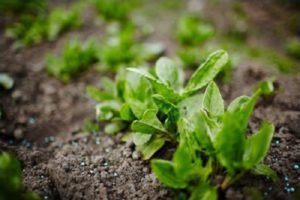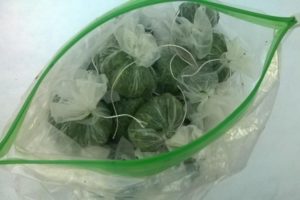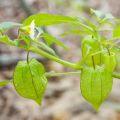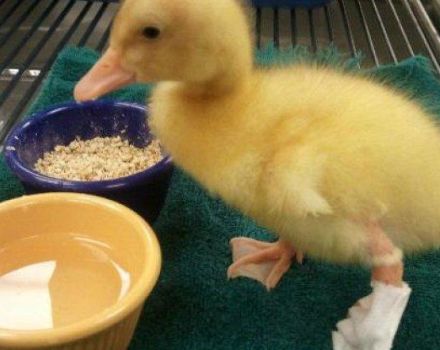What are the diseases and pests of physalis, why does the plant's leaves turn yellow and their treatment
Physalis is a representative of the nightshade genus. Tomatoes and potatoes belong to the same genus. Therefore, physalis diseases can be the same as those of these crops. Physalis is slightly more resistant to disease, but if it is planted in an area where potatoes or tomatoes previously grew, infection with late blight or other diseases can occur. The lesion can start from the leaves, gradually affecting the entire plant.
Physalis diseases
In the wild, it is rarely exposed to diseases. But cultivated varieties grown in a greenhouse or outdoors are more delicate. And if plants grow too densely, they lack the strength not only to grow, but also to fight diseases.
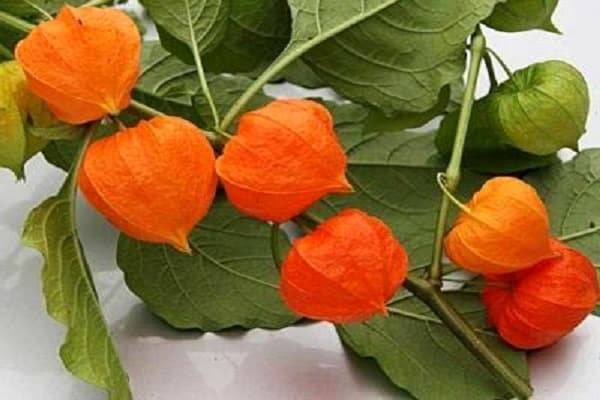
And if potatoes or tomatoes grow in the neighborhood, physalis will suffer along with them.
Diseases of vegetable physalis:
- White or gray rot. All parts of the plant are affected.
- Watery rot. Often affects fruits.
- Late blight. The picture of the disease is the same as in tomatoes.
- Alternaria. It is characterized by the development of brown spots on the leaves.
- Fusarium. Plants wither and dry out.
- Penicillosis. Develops on damaged parts of the plant.
- Mosaic. Leaves and fruits suffer.
Diseases are caused by infection from the soil, through pests or from infected seeds.
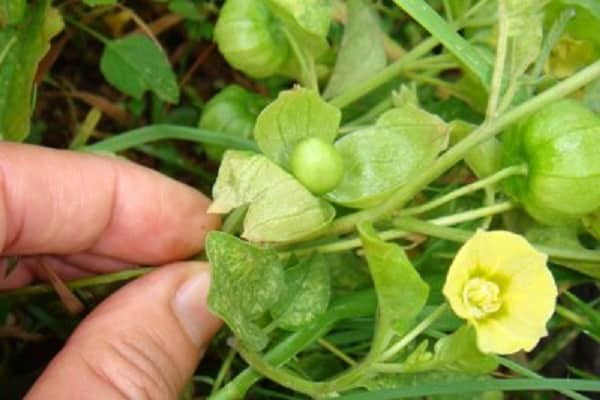
Physalis pests
The most common pests of this crop are slugs, caterpillars and bears. The Colorado potato beetle does not disdain it, especially at the end of summer, when the potatoes dry up and a hungry period begins for it.
Aphid brings considerable harm to the physalis. It not only draws sap from plants, but also infects them with dangerous viruses.
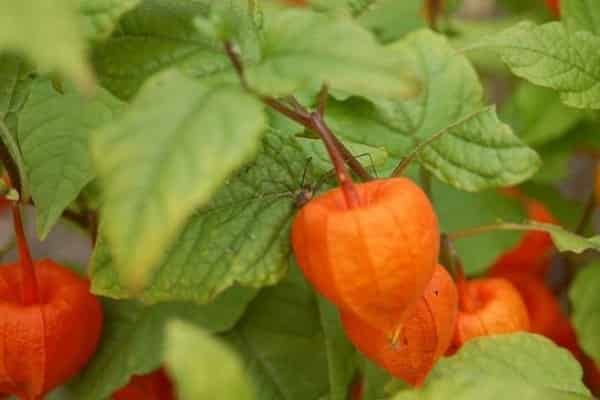
Disease and pest control methods
Treatment of diseased plants does not always give an effect, especially if time is lost. More benefit when disease prevention is done regularly. And you need to start it even before sowing.
Prevention includes the following items:
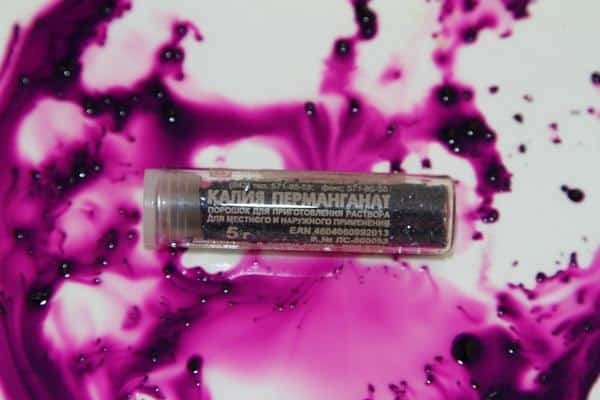
- Treatment of seeds before sowing with special agents or ordinary potassium permanganate. It is better to harvest your seeds from healthy plants, or buy from reliable suppliers.
- Observe the crop rotation on the garden plot. Physalis should not be planted after other nightshade crops or in the neighborhood.
- Spray the plants regularly with Bordeaux liquid or special preparations available in agricultural stores.
- Affected plants should be removed from the site immediately to stop the spread of the disease.
- If the plants are infected with pests, they must be treated with disinfecting drugs, otherwise they will become a source of infection.
- Regularly feed and water if necessary. This will strengthen the plants and give them strength to fight infection.
Pests must also be dealt with and prevented from reproducing. For this, there are various drugs approved for use. In this case, you must be careful and carefully read the instructions.
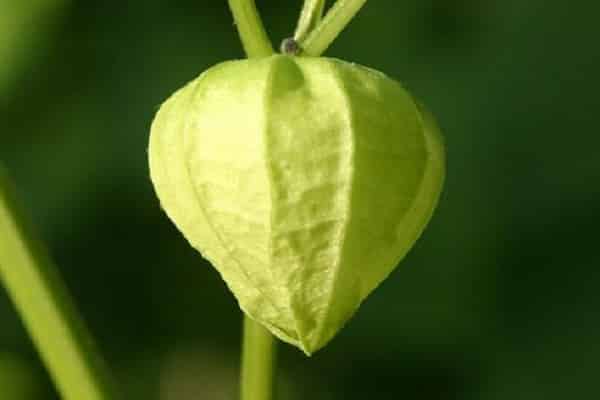
Why do physalis leaves turn yellow?
Sometimes the lower leaves turn yellow and fall off. This is an alarming symptom and must be dealt with immediately.
There may be several reasons:
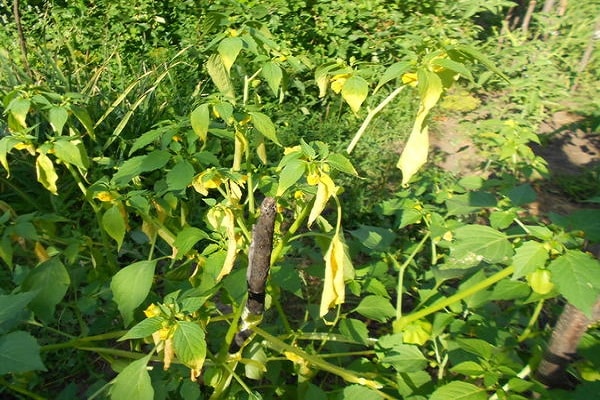
- Most often, the plant lacks nutrients and needs feeding. This happens on bad soils.
- If a crop is planted too densely, it lacks light and nutrition. It grows poorly, turns pale, and then turns yellow and dries up.
- Of diseases, such a symptom is caused by a mosaic. In this case, it is necessary to urgently spray.
Regardless of the reason, the yellow leaves are harvested and burned.

Physalis leaves appear spots
If the spots are dark brown, this may be the development of Alternaria. If you do not take action, physalis will die without giving a crop. To do this, the yellowed leaves are removed, and the remaining ones are treated with Ridomil or Bordeaux liquid.
If the spots are brown, this is late blight. The methods of dealing with it are the same as for tomatoes.
Physalis has few diseases. But any of them can spoil the crop or completely destroy it. Therefore, measures must be taken at the first symptoms and to prevent further development. But it is better to take care of the condition of the crops on the site in advance and carry out regular preventive maintenance.

